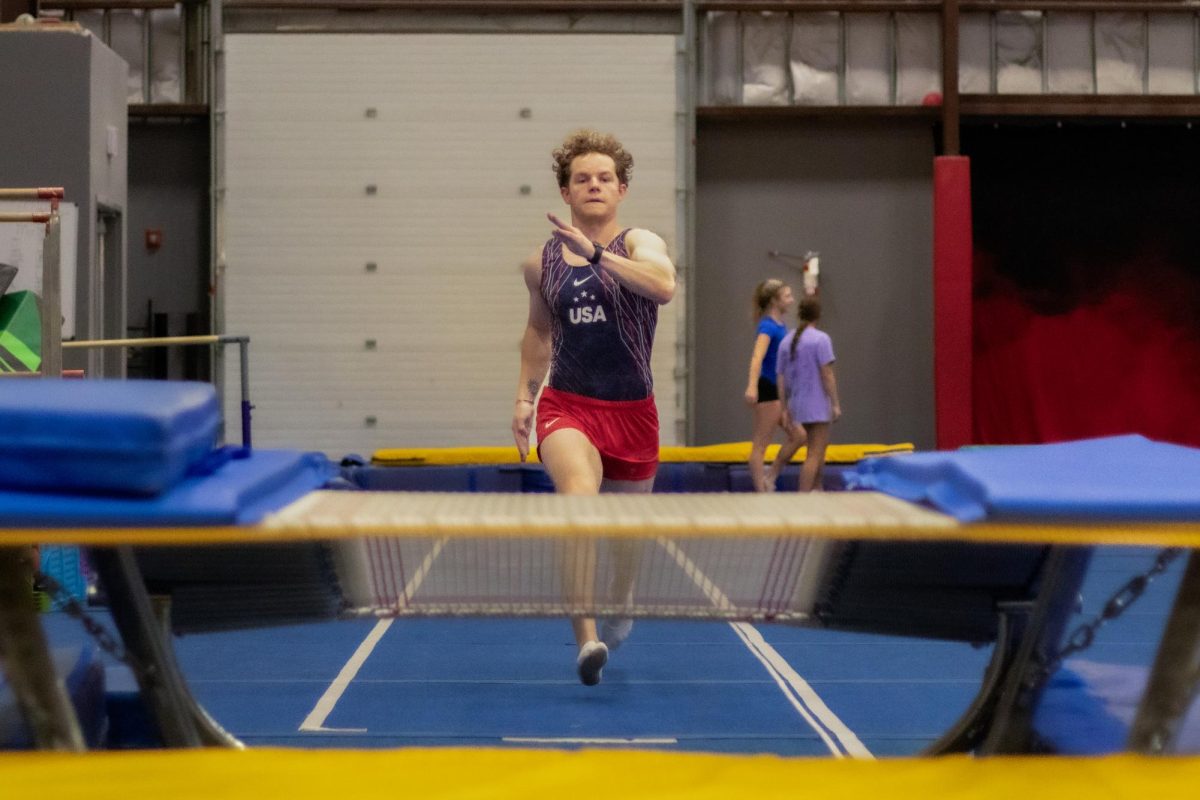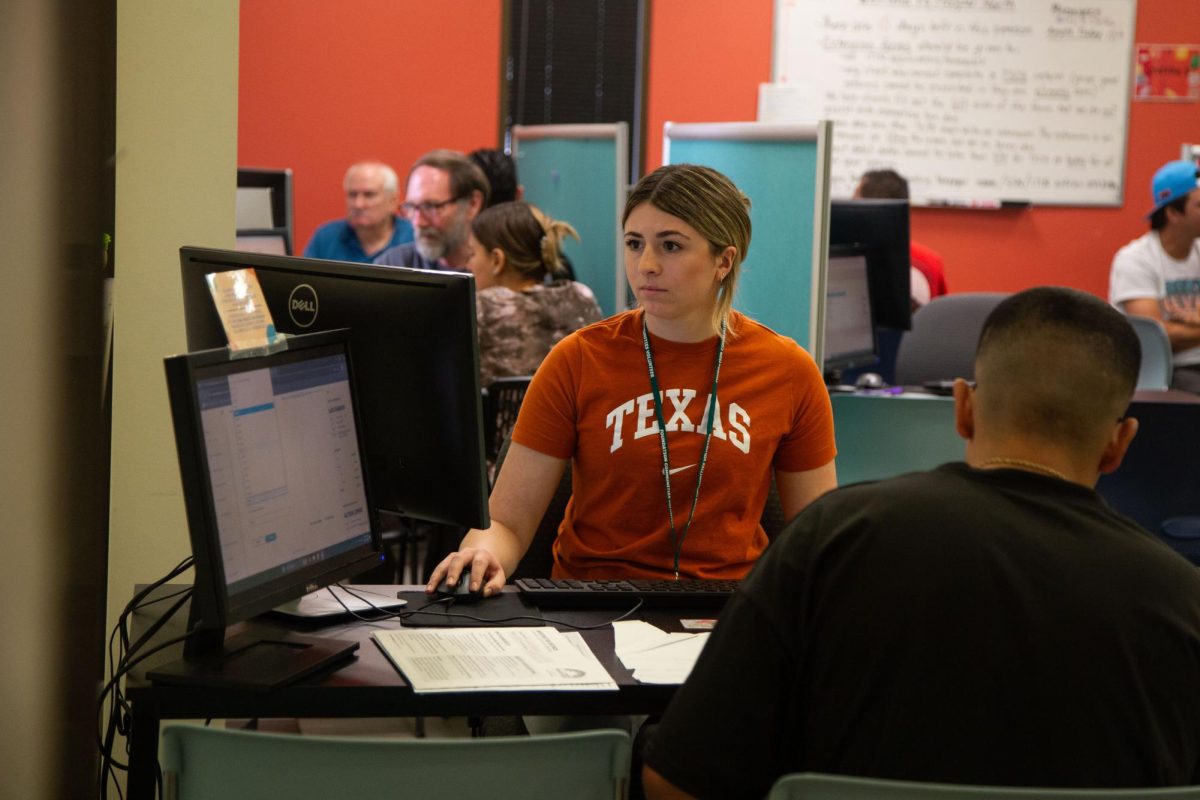1920s stage performer Harry Kahne, “The Man with the Multiple Mind,” had an act in which he would write five words on a chalkboard simultaneously, using chalk in both hands, both feet and his mouth.
Most humans are not Kahne. Still, many students try emulating his abilities during class as they text a friend, browse Reddit on their laptop and play footsie with their neighbor while listening to the professor at the front of the room.
Communication studies assistant professor Dawna Ballard, who studies time and how it relates to multitasking, says those students are doing at least one of those activities poorly. Every activity takes up a certain amount of mental space and unnecessary tasks can take some of this space away from absorbing the material.
A 2013 study found a significant correlation between laptop use and poor performance in class, but it didn’t establish a clear cause and effect. Another paper attempted to demonstrate that laptops led to the poor performance.
The study separated students into randomized groups. In one, researchers asked students to use a pencil and paper. In another, the researchers told students to use a computer but only the word processor. Participants in the third group could use their computer however
they wished.
That experiment was a failure, as only 57 percent of participants actually followed the simple instructions. It’s not that the students didn’t understand; rather the temptation of opening up Google Chrome or pulling out a phone was too great, and that affected the results.
“In a multitasking age, we’re never giving all of our attention to anything,” Ballard said.
And multitasking doesn’t get better with practice. A study comparing “heavy media multitaskers” to “light media multitaskers” found that the former performed worse at ignoring distractions, switching from one task to another and keeping things in memory. In fact, the researchers couldn’t find anything heavy multitaskers did better.
But that does not mean diligent students should sit in their seats, eyes fixed open a la “A Clockwork Orange” to do well in class. The brain needs a certain amount of stimulation to stay involved — just not too much. Instead of checking email or Snapchatting your bored face to a close friend, try doodling.
Another experiment tested participants’ ability to recall information from a dull telephone message. Those who were told to shade in shapes while listening to the messages recalled 29 percent more information than those who just listened. Doodling is a simple enough task keep the brain active enough to prevent daydreaming without distracting too much.
But if doodling’s not enough, Kahne developed a “Multiple Mentality Course” before his death. It’s a step-by-step guidebook filled with exercises designed to teach the same skills Kahne demonstrated on stage nearly a century ago. The course is available for free on the Internet, but proceed with caution.
According to Kahne, those who attempted his exercises experienced “shortness of breath, headaches, pains in the chest and abdomen, nausea, weakness in the back, spots before the eyes, stomach troubles, constant fatigue, palpitations of the heart — and faintness.” It’s a large price to pay to tweet during lecture.




















